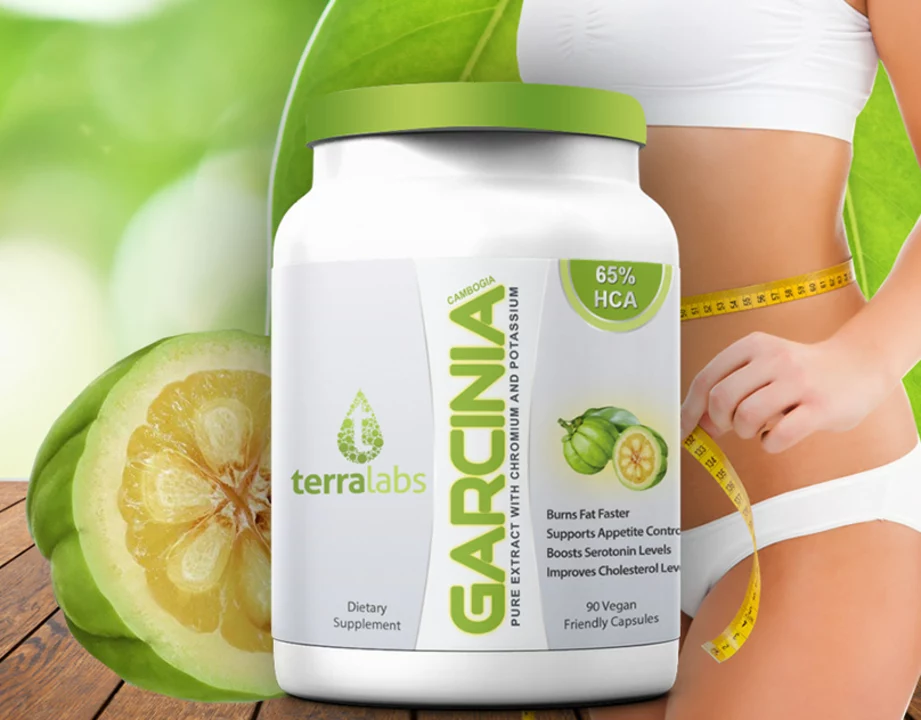Clivers (Cleavers): What They Do and How to Use Them
Clivers—also called cleavers or Galium aparine—are common, sticky plants you can find along fences and hedgerows. Folks have used them for skin issues, mild detoxing, and as a gentle diuretic for generations. If you’re curious how this humble weed can fit into everyday wellness, this page gives clear, practical steps: how to identify, prepare, use, and stay safe.
How to use clivers
Tea: The simplest way to use clivers is a tea. Use 1–2 teaspoons of dried herb (or a small handful of fresh leaves) per cup. Steep 10–15 minutes, strain, and drink 1–3 cups a day. It’s mild, so most people sip it like a light herbal tea.
Tincture: If you want a more concentrated option, a tincture works well. Common herbal practice uses a 1:5 or 1:4 tincture in 40–60% alcohol. Typical dosing is 0.5–2 ml two to three times daily, but follow the label on a prepared product or ask an herbalist.
Topical uses: Make a cool infusion for sitz baths or compresses to soothe irritated or inflamed skin. For insect bites or minor rashes, a poultice of crushed fresh clivers can calm itching for many people.
Food use: Young shoots are edible—blanch them and add to salads or soups. They’re grassy and mild; not everyone loves the texture, so try a small amount first.
Safety, harvesting, and buying tips
Harvest smart: Pick clivers in spring or early summer when the plant is fresh and before it seeds heavily. Avoid roadsides and fields sprayed with pesticides. Wash thoroughly to remove dirt and tiny seeds that cling to stems.
Drying and storing: Dry in a single layer in a cool, ventilated space. Store dried herb in an airtight container away from light; it keeps for about a year.
Side effects and interactions: Clivers are generally gentle, but don’t use them if you have severe kidney disease, are pregnant, or breastfeeding without checking with your healthcare provider. They can increase urine output, so watch medications that affect fluid balance. If you have plant allergies, test a small amount first.
Buying tips: Look for organic or wildcrafted sources, clear ingredient lists, and third-party testing when available. If a product promises miracle cures, be skeptical. Read labels for concentration and recommended dosing.
Evidence note: Most uses of clivers come from traditional herbal practice and small studies. They’re useful for mild, supportive care—think skin soaks, gentle diuretics, and lymph support—not as a substitute for medical treatment when you need it.
Want to try clivers? Start slow—one cup of tea a day or a tiny tincture dose—and watch how your body reacts. Ask your pharmacist or doctor if you’re taking prescription meds. Simple, low-risk steps help you test whether this common plant earns a place in your wellness kit.
I've just discovered an incredible dietary supplement called Clivers that's truly life-changing. This amazing product is packed with numerous health benefits that can improve our overall well-being. Not only does it help with detoxification and digestion, but it also supports our immune system. I can't wait to incorporate Clivers into my daily routine and see the positive changes it brings. Trust me, you'll definitely want to give this supplement a try!

